Livestock
All Livestock Content

Can You “Make” a Cow Deliver Better Colostrum?
Cattle producers and veterinarians are aware of the large body of evidence clearly pointing to the benefits of colostrum for baby calves. As such, much attention has been given to the “intake side” of the equation (the calf’s side): how to ensure a calf consumes an adequate amount of high-quality colostrum.
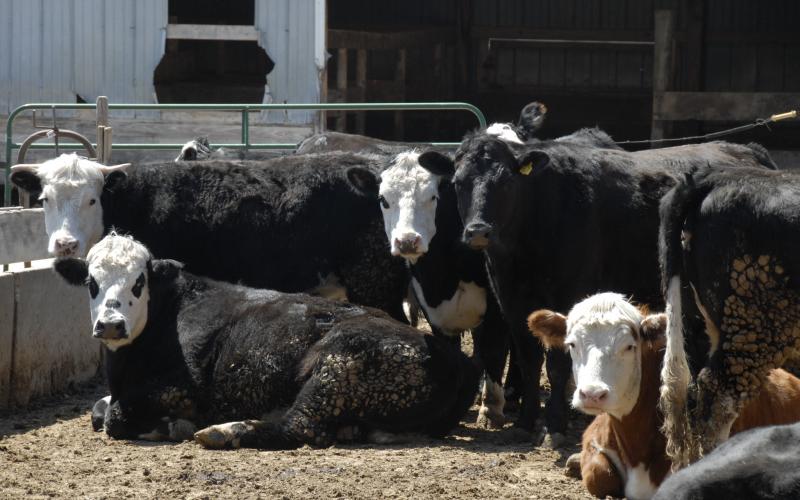
Liver Abscesses: The Unseen Profit Thief
Liver abscesses are a great example of an important value robber in feedlot cattle that’s not immediately apparent.
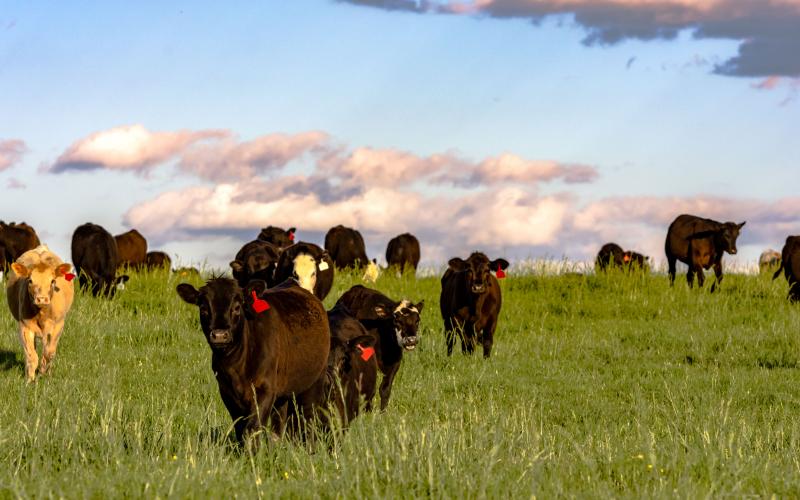
Pregnancy Diagnosis in Your Cow Calf Herd
Early pregnancy diagnosis and being able to identify AI sired calves from calves sired by clean-up bulls is crucial for maximizing herd productivity and increasing economic return from your cows.

Semen Handling Procedures
Before the start of the breeding season, it is a good practice to review the proper semen handling procedures.
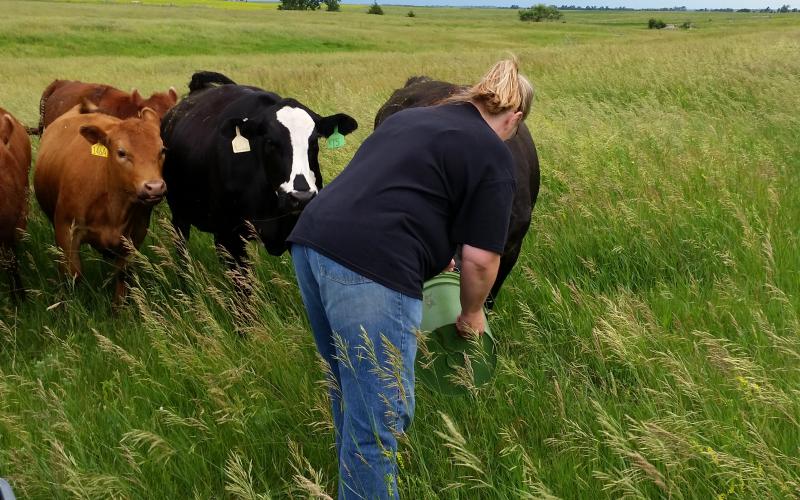
Successful Heifer Synchronization Using MGA
Effective estrous synchronization protocols are one of the keys to successful AI projects.
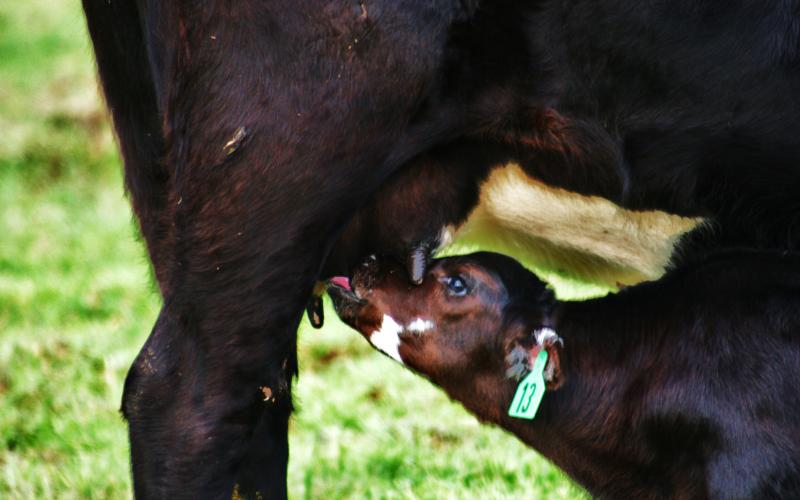
The Suckling Effect
As soon as the calf hits the ground, the reproductive clock of the cow starts to tick. In order to maintain the annual production cycle of the cowherd, cows and heifers must overcome postpartum anestrus within 83 days of calving.
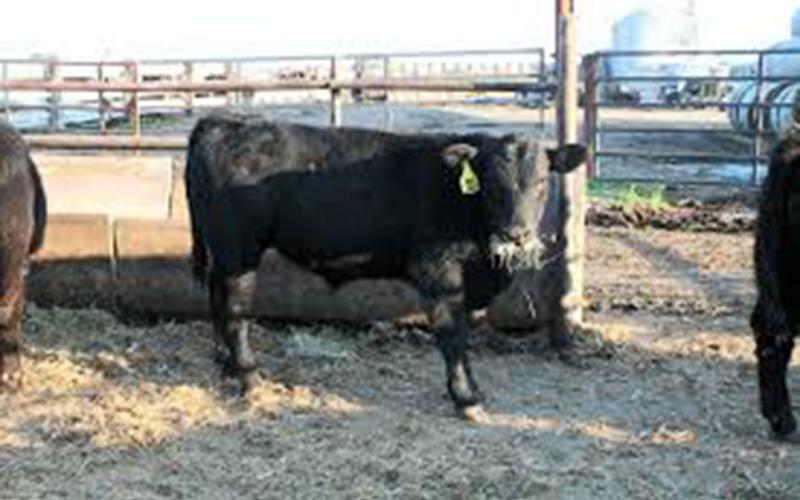
Choosing Beef Genetics for Use in Dairy Herds
Combinations of new technologies and economic challenges often usher in sweeping changes and opportunities. The use of beef genetics on dairy cows is the most-recent example.

Bull Check Up
Cattlemen can increase the breeding capacity of bulls through proper care prior to the breeding season. Because the production of sperm cells require 60 days with several factors having a potential negative impact on breeding ability, it is time to begin evaluating bulls now to ensure they are ready for the breeding season.
Spring Storm Fronts Impact Calving Patterns
While the changes in calving patterns in association with weather fronts is nothing new to producers, it is beneficial to keep this in mind as calving season shifts into high gear. Cold fronts are the type of weather systems that will create the pressure and temperature changes associated with increased birth rates.
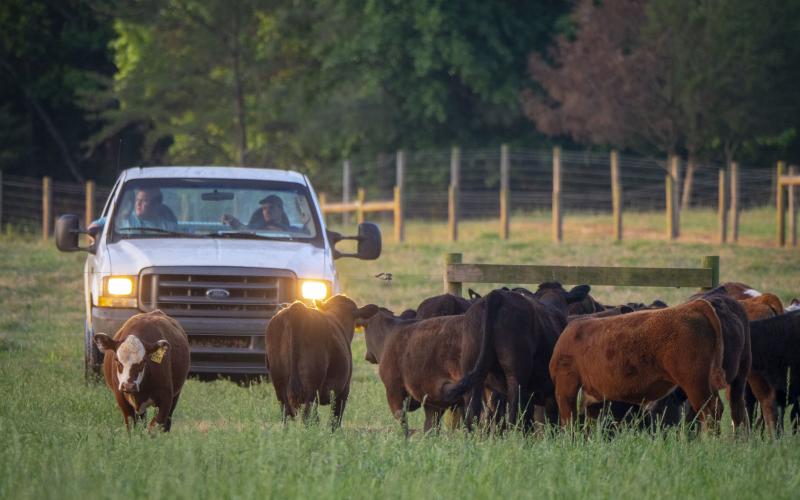
Managing Stress to Reduce Early Embryonic Loss in Beef Cattle
With the majority of pregnancy losses occurring in the embryonic period, it is critical to mitigate losses in livestock by managing stress and avoiding transportation when the embryo is most susceptible to mortality.